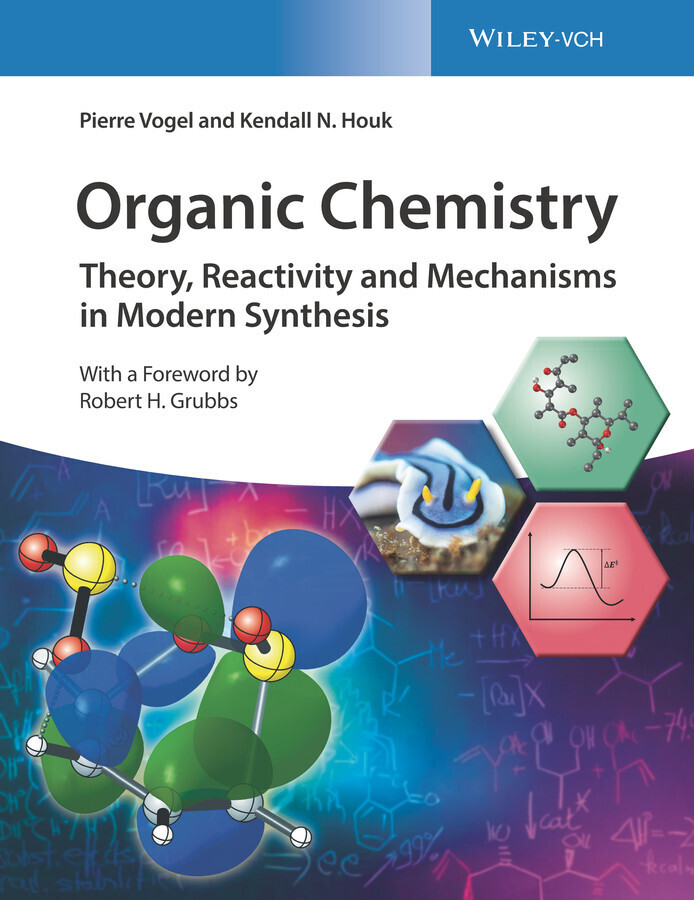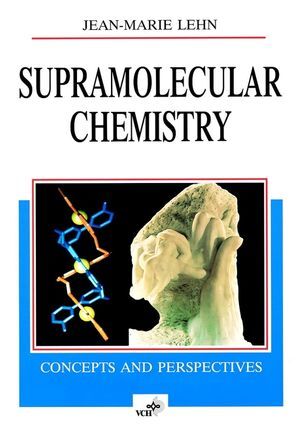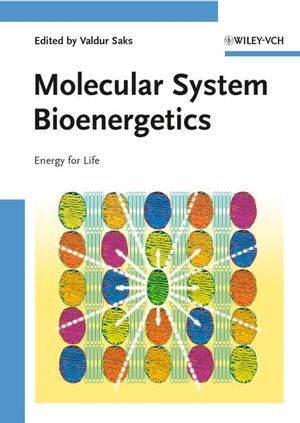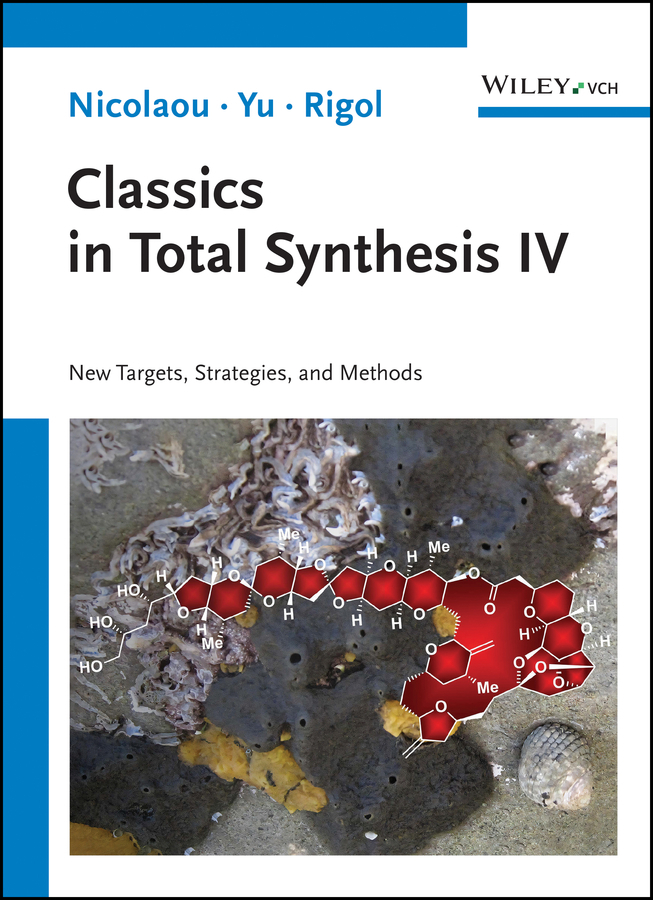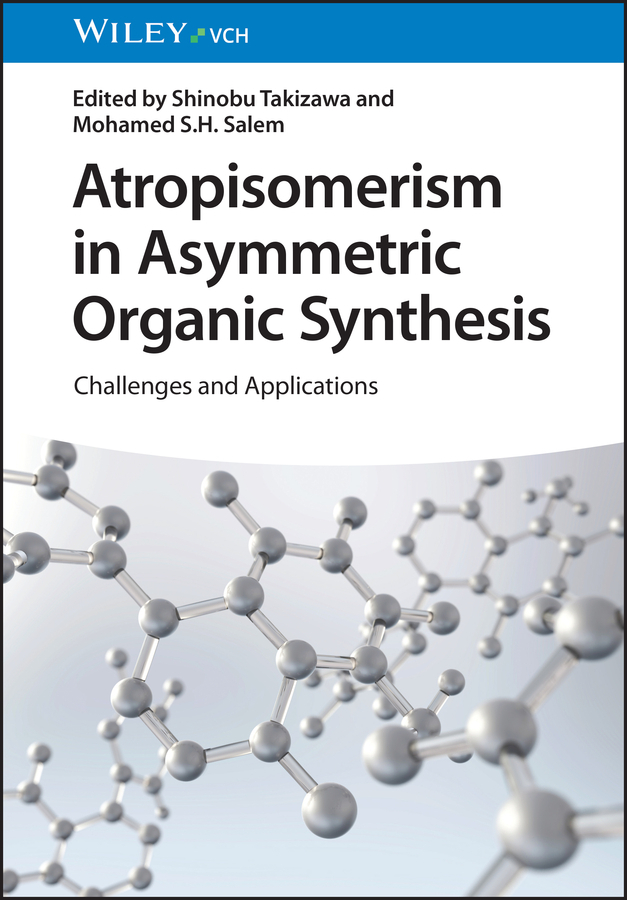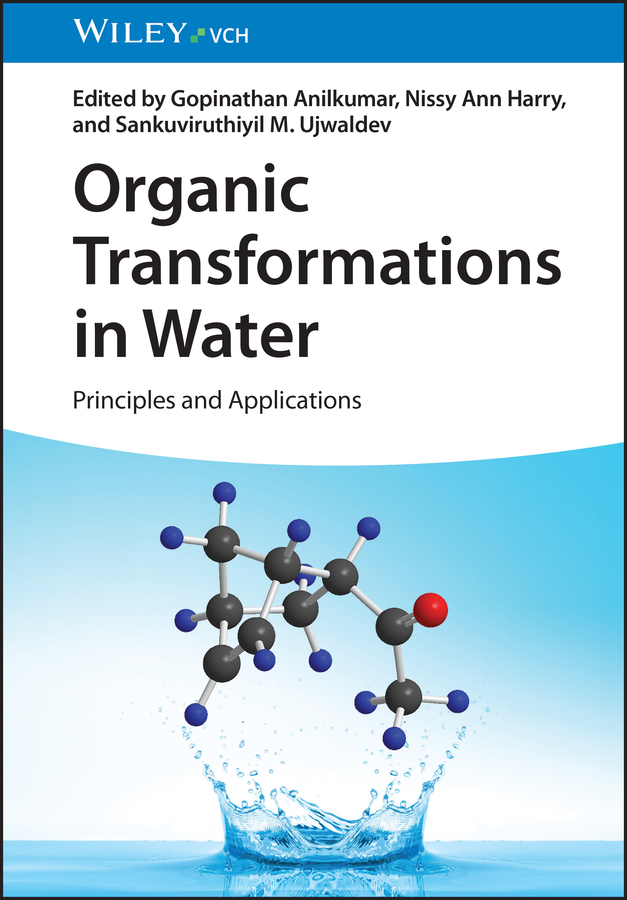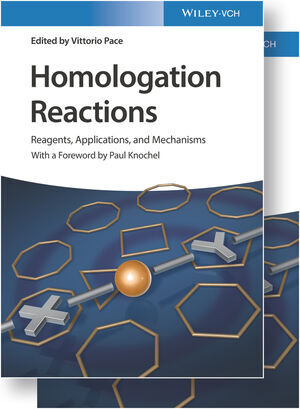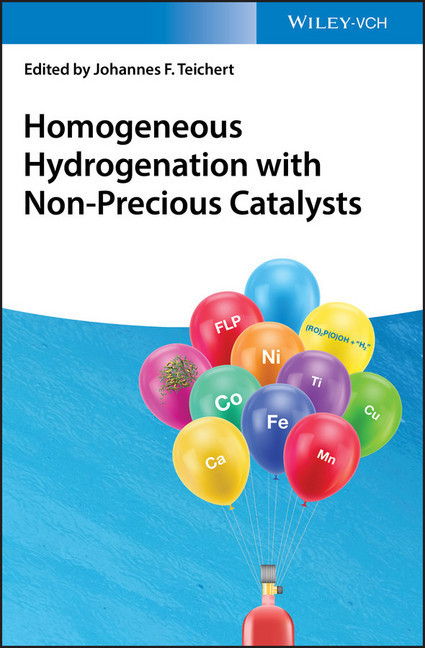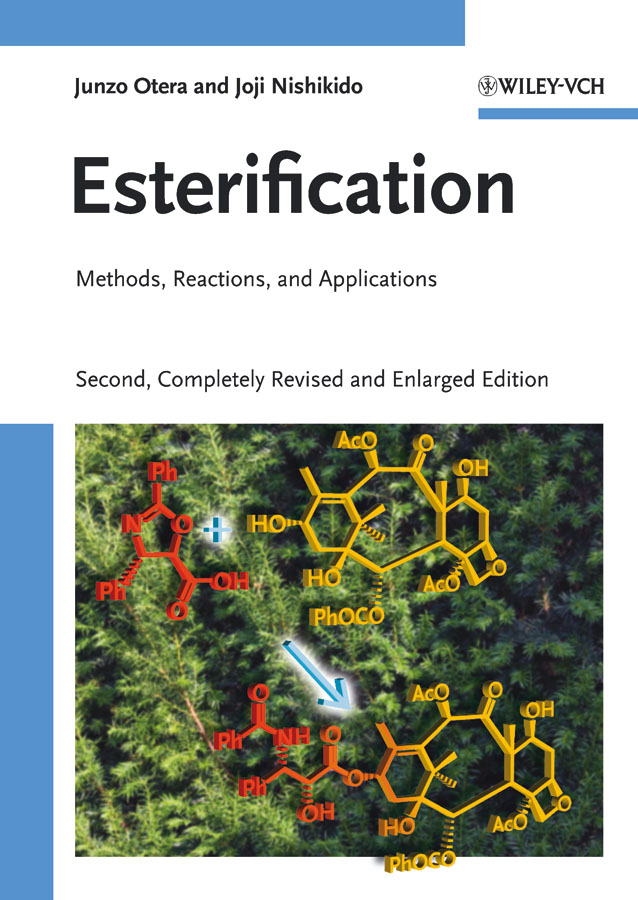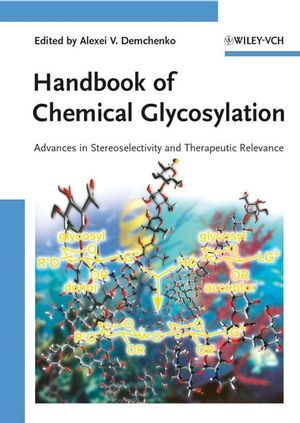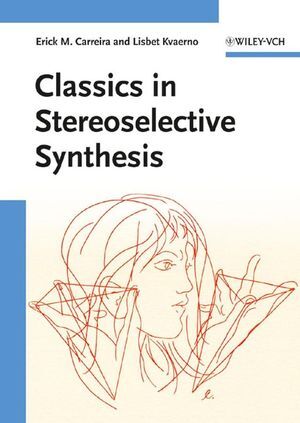Organic Chemistry
Knowledge of physical chemistry is essential for achieving successful chemical reactions in organic chemistry. Chemists must be competent in a range of areas to understand organic synthesis. Organic Chemistry provides the methods, models, and tools necessary to fully comprehend organic reactions. Written by two internationally recognized experts in the field, this much-needed textbook fills a gap in current literature on physical organic chemistry.
Rigorous yet straightforward chapters first examine chemical equilibria, thermodynamics, reaction rates and mechanisms, and molecular orbital theory, providing readers with a strong foundation in physical organic chemistry. Subsequent chapters demonstrate various reactions involving organic, organometallic, and biochemical reactants and catalysts. Throughout the text, numerous questions and exercises, over 800 in total, help readers strengthen their comprehension of the subject and highlight key points of learning. The companion Organic Chemistry Workbook contains complete references and answers to every question in this text. A much-needed resource for students and working chemists alike, this text:
-Presents models that establish if a reaction is possible, estimate how long it will take, and determine its properties
-Describes reactions with broad practical value in synthesis and biology, such as C-C-coupling reactions, pericyclic reactions, and catalytic reactions
-Enables readers to plan chemical reactions more efficiently
-Features clear illustrations, figures, and tables
-With a Foreword by Nobel Prize Laureate Robert H. Grubbs
Organic Chemistry: Theory, Reactivity, and Mechanisms in Modern Synthesis is an ideal textbook for students and instructors of chemistry, and a valuable work of reference for organic chemists, physical chemists, and chemical engineers.
Professor Kendall Houk is Saul Winstein Professor at the UCLA. He is an authority on theoretical and computational organic chemistry. His group develops rules to understand reactivity, computationally models complex organic reactions, and experimentally tests the predictions of theory. He collaborates prodigiously with chemists all over the world. He has published nearly 1100 articles in refereed journals and is among the 100 most-cited chemists.
Professor Pierre Vogel is Professor of organic chemistry at the EPFL in Lausanne, Switzerland. He has published three books and has co-authored more than 490 publications in the fields of physical organic chemistry, organic and organometallic synthesis, total asymmetric synthesis of natural products of biological interest, catalysis, glycochemistry and bio-organic chemistry.
1;Cover;12;Title Page;53;Copyright;64;Contents;75;Preface;176;Foreword;317;Chapter 1 Equilibria and thermochemistry;337.1;1.1 Introduction;337.2;1.2 Equilibrium?free enthalpy: reaction?free energy or Gibbs energy;337.3;1.3 Heat of reaction and variation of the entropy of reaction (reaction entropy);347.4;1.4 Statistical thermodynamics;367.4.1;1.4.1 Contributions from translation energy levels;377.4.2;1.4.2 Contributions from rotational energy levels;377.4.3;1.4.3 Contributions from vibrational energy levels;387.4.4;1.4.4 Entropy of reaction depends above all on the change of the number of molecules between products and reactants;397.4.5;1.4.5 Additions are favored thermodynamically on cooling, fragmentations on heating;397.5;1.5 Standard heats of formation;407.6;1.6 What do standard heats of formation tell us about chemical bonding and ground?state properties of organic compounds?;417.6.1;1.6.1 Effect of electronegativity on bond strength;427.6.2;1.6.2 Effects of electronegativity and of hyperconjugation;437.6.3;1.6.3 ??Conjugation and hyperconjugation in carboxylic functions;447.6.4;1.6.4 Degree of chain branching and Markovnikov's rule;457.7;1.7 Standard heats of typical organic reactions;467.7.1;1.7.1 Standard heats of hydrogenation and hydrocarbation;467.7.2;1.7.2 Standard heats of C-H oxidations;477.7.3;1.7.3 Relative stabilities of alkyl?substituted ethylenes;497.7.4;1.7.4 Effect of fluoro substituents on hydrocarbon stabilities;497.7.5;1.7.5 Storage of hydrogen in the form of formic acid;507.8;1.8 Ionization energies and electron affinities;527.9;1.9 Homolytic bond dissociations; heats of formation of radicals;547.9.1;1.9.1 Measurement of bond dissociation energies;547.9.2;1.9.2 Substituent effects on the relative stabilities of radicals;577.9.3;1.9.3 ??Conjugation in benzyl, allyl, and propargyl radicals;577.10;1.10 Heterolytic bond dissociation enthalpies;607.10.1;1.10.1 Measurement of gas?phase heterolytic bond dissociation enthalpies;607.10.2;1.10.2 Thermochemistry of ions in the gas phase;617.10.3;1.10.3 Gas?phase acidities;627.11;1.11 Electron transfer equilibria;647.12;1.12 Heats of formation of neutral, transient compounds;647.12.1;1.12.1 Measurements of the heats of formation of carbenes;647.12.2;1.12.2 Measurements of the heats of formation of diradicals;657.12.3;1.12.3 Keto/enol tautomerism;657.12.4;1.12.4 Heat of formation of highly reactive cyclobutadiene;687.12.5;1.12.5 Estimate of heats of formation of diradicals;687.13;1.13 Electronegativity and absolute hardness;697.14;1.14 Chemical conversion and selectivity controlled by thermodynamics;727.14.1;1.14.1 Equilibrium shifts (Le Chatelier's principle in action);727.14.2;1.14.2 Importance of chirality in biology and medicine;737.14.3;1.14.3 Resolution of racemates into enantiomers;757.14.4;1.14.4 Thermodynamically controlled deracemization;787.14.5;1.14.5 Self?disproportionation of enantiomers;807.15;1.15 Thermodynamic (equilibrium) isotopic effects;817.15.1;1.A Appendix, Table 1.A.1 to Table 1.A.24;857.16;References;1248;Chapter 2 Additivity rules for thermodynamic parameters and deviations;1418.1;2.1 Introduction;1418.2;2.2 Molecular groups;1428.3;2.3 Determination of the standard group equivalents (group equivalents);1438.4;2.4 Determination of standard entropy increments;1458.5;2.5 Steric effects;1468.5.1;2.5.1 Gauche interactions: the preferred conformations of alkyl chains;1468.5.2;2.5.2 (E)? vs. (Z)?alkenes and ortho?substitution in benzene derivatives;1498.6;2.6 Ring strain and conformational flexibility of cyclic compounds;1498.6.1;2.6.1 Cyclopropane and cyclobutane have nearly the same strain energy;1508.6.2;2.6.2 Cyclopentane is a flexible cycloalkane;1518.6.3;2.6.3 Conformational analysis of cyclohexane;1518.6.4;2.6.4 Conformational analysis of cyclohexanones;1538.6.5;2.6.5 Conformational analysis of cyclohexene;1548.6.6;2.6.6 Medium?sized cycloalkanes;1548.6.7;2.6.7 Conformati
| ISBN | 9783527819256 |
|---|---|
| Artikelnummer | 9783527819256 |
| Medientyp | E-Book - PDF |
| Copyrightjahr | 2019 |
| Verlag | Wiley-VCH |
| Umfang | 1382 Seiten |
| Sprache | Englisch |
| Kopierschutz | Adobe DRM |

